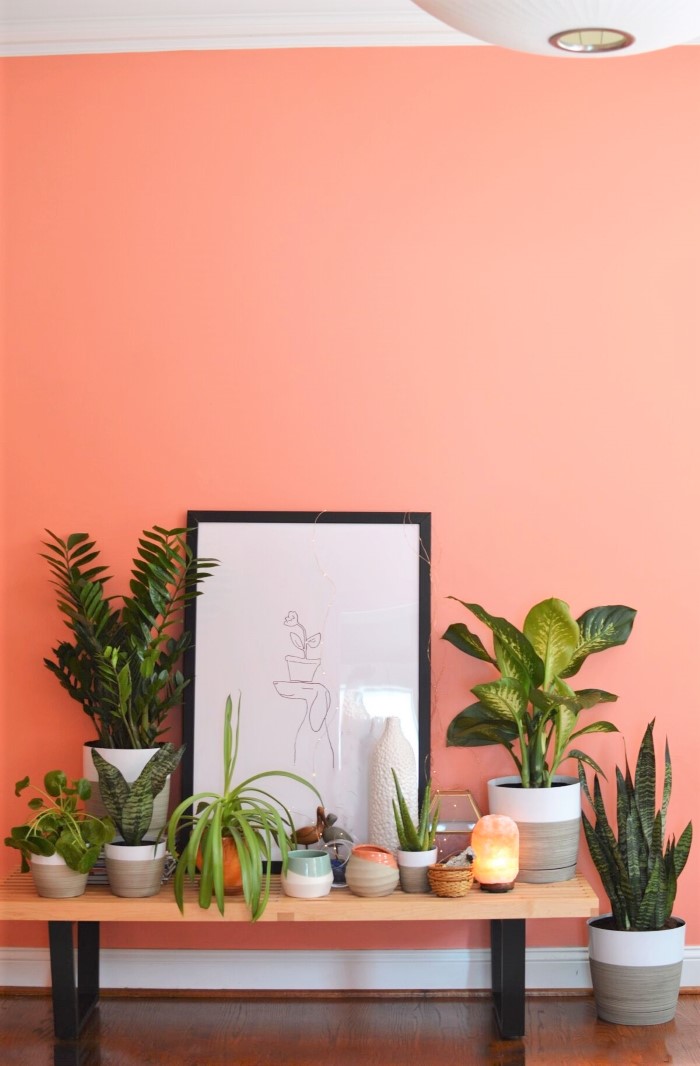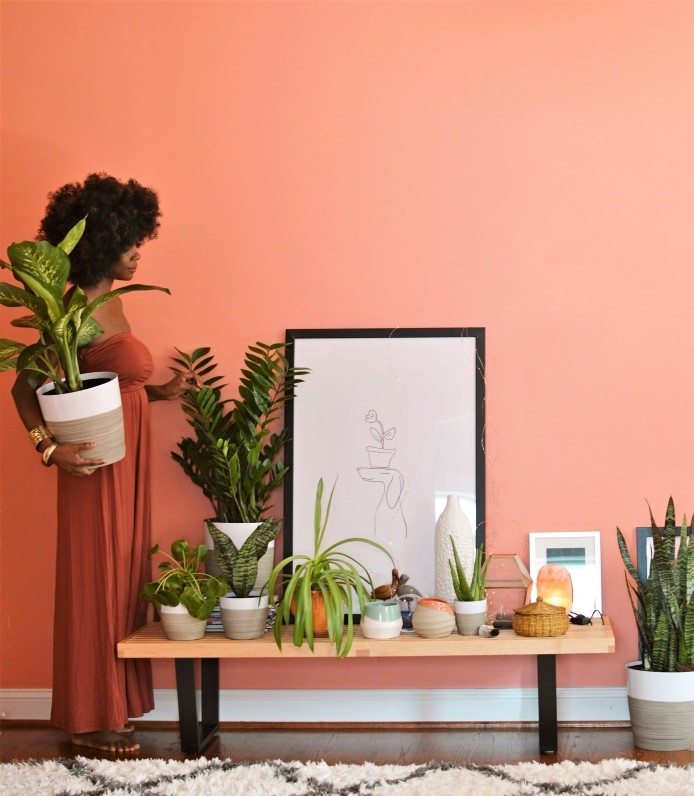
Plants make me happy and that is not a secret especially since I have so many. I recently added some more beautiful plants to our home through my partnership with 1-800- Flowers.com. There is no such thing as too many plants and as someone who loves to give plants as gifts, I was so thrilled when I recently found out that 1-800-Flowers.com has expanded their plant category to provide even more options for customers whether for self-purchasing or gifting. With this expansion, 1-800-Flowers.com is adding some of the hottest trending houseplants, as well as new succulent offerings, to their already broad assortment.
*This post is sponsored by 1-800-Flowers.com, but all opinions expressed are my own
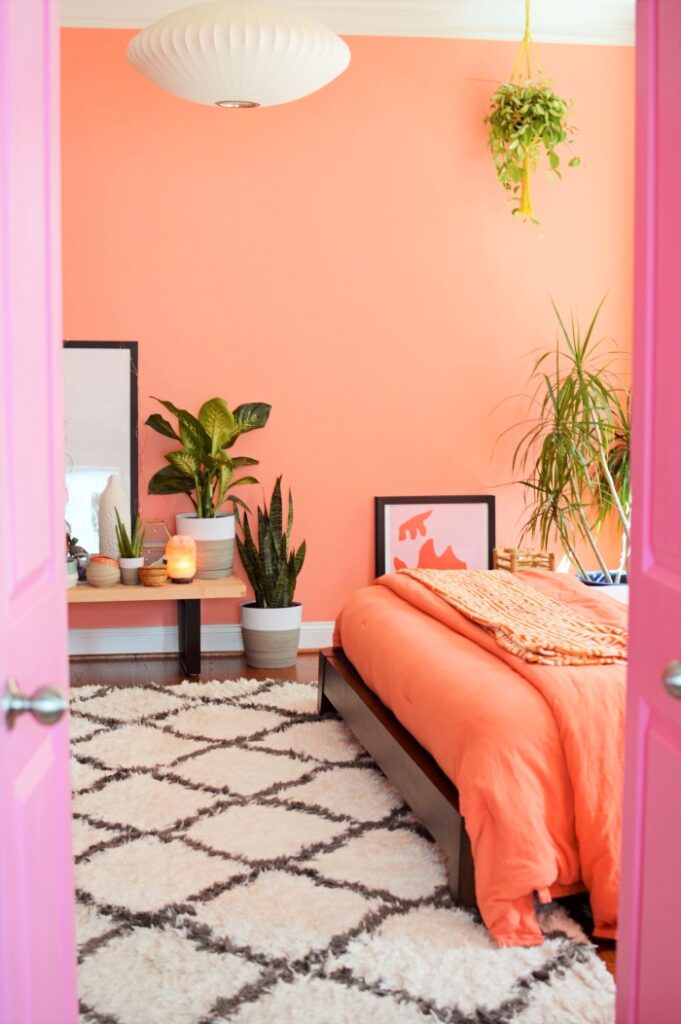
Some people feel that plants are too much trouble, but for beginners who might not feel confident in their plant care abilities, choosing plants that are easy to care for is a great start! There is quite a variety of easy to care for plants to choose from in the 1-800-Flowers.com plant shop and would make great plant gifts. Some great examples of these are the snake plant((sansevieri), the aloe vera plant, the pilea peperomioides plant, the zz plant, and the dieffenbachia plant (dumb cane). I recently added a couple of these exact plants to my bedroom and as you probably already know, having plants in the bedroom is a great idea and can promote quality sleep.
These easy to care for plants are also great for purifying the air and below you will find some easy to care for tips for each:
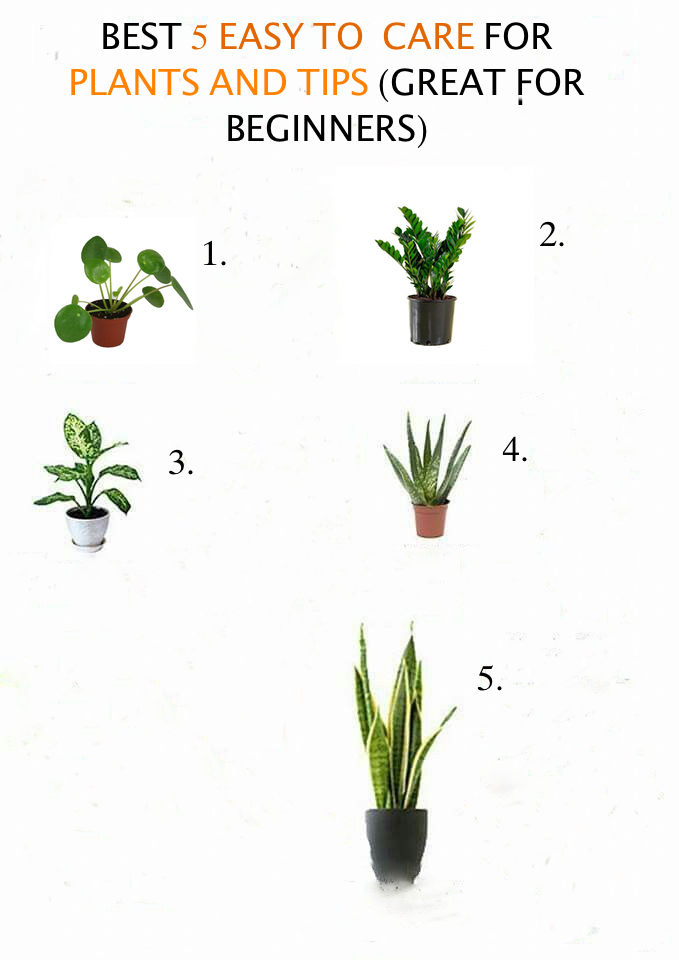
The Aloe Vera Plant
Light
Proper light is important for aloe vera plants to thrive. Place in bright, indirect sunlight or artificial light. A western or southern window is ideal. Aloe that are kept in low light often grow leggy.
Aloe vera plants prefer temperatures between 55 and 80°F (13 and 27°C). The temperatures of most homes and apartment are ideal
Water
Aloe vera plants do not like cold weather so in the evening if nights are cold.Water aloe vera plants deeply, but infrequently. Water the aloe plant only when the soil has dried out completely, or every few weeks to discourage root rot. Water it even less in winter. To water the aloe vera, pour water onto the soil near the base of the plant until the soil is thoroughly wet.
Feed
Fertilize sparingly (no more than once a month), and only in the spring and summer with a balanced houseplant formula mixed at ½ strength.
The Dieffenbachia PlantDieffenbachia, also known as dumb cane, is an incredibly easy-to-grow houseplant which makes it quite popular.
Light
Just like most tropical houseplants, grow dieffenbachia in a relatively warm, humid spot with plenty of filtered light. Dieffenbachia prefers filtered sunlight or partial shade, but will tolerate full shade, which is why it is well-suited as a houseplant. It thrives in temperatures between 60 and 75°F.
WaterDieffenbachia plants like regular watering, but they don’t ever want the soil to be wet or soggy for extended periods. Because more indoor plants die from over watering than under watering every year, it’s best to keep dieffenbachia on the dry side if you’re in doubt about whether to water it. During the summer, it’s also important to provide a lot of water. Soil has to stay moist but never fully wet – being wet can promote the root rot. During the winter, all the watering should be reduced.FeedThis also depends on the growing season. During the growing season, meaning, March to October, you should feed it every other week, when watering. It’s best to use a complete liquid food. During the winter months you should not fertilize at all – this is when you should water only, and make sure to reduce even that one.Soil The Dieffenbachia plant likes a well-draining soil. It’s best to use 2 parts peat moss and 1 part perlite. Another good choice is to use an African violet mix.
Note: The Dieffenbachia Plant should be handled with care and be kept out of the reach of pets and children. The sap from this plant is toxic and it can cause allergic reactions, painful rashes, numbness and other problems. When handling the plant, avoid getting any of the sap in your eyes or mouth. It’s always best to wear gloves when working on this plant.Pilea
Light
Pilea loves to be in front of a window where it can get a lot of bright indirect light, but almost no direct sunlight. Since too much sun might stress the leaves, a north or east-facing windowwill work best. Make sure there will be enough space between the light source and the plant.
Pilea’s leaves tend to grow in the direction of the light source. For this reason, you will need to rotate your plant a few times a week if you want that it keeps a nice and symmetrical shape.
Water
Water this plant when the soil is completely dried out and if it takes too long to dry out, it may not be getting enough sunlight.

pic: Lea Hartman
The Snake PlantSnake plants are a type of Sansevieria and the plants in this category share characteristics like narrow, upright leaves and short, thick roots. Native to West Africa snake plants are known to help to remove harmful toxins from the air and are popular with plant lovers because they are so easy to care for.
Light
Give your snake plant bright, indirect light if you want it to do well. While it can survive in low-light conditions, it will grow slower and have less color. A good spot for it would be about 3-6′ away from a window that gets a lot of light.
Water
Because snake plants have succulent leaves, they don’t need a lot of water. Keep the soil slightly moist and never over water. If you water too often your snake plant will become mushy and start to rot quickly.SoilSnake plants are sensitive to water and prone to root rot, so it’s important to plant them in soil that drains well
The Zz PlantThe ZZ plant (Zamioculcas zamiifolia) is the ultimate plant for beginners as it’s one of the easiest plants to care for. It is one of the very few plants that can take months of neglect and low light and still look amazing. LightThe ZZ plant is very hardy and though they thrive best in bright indirect light, they can also tolerate low light conditions. They do not like direct sunlight and that is usually evident if the leaves become scorched. Water
Allow the soil to dry between watering. Don’t let your plant sit in water because it can easily cause stem and rhizome rot. Your plant can survive months without water, but will grow faster if watered more regularly Like the plants mentioned above, over-watering can lead to root rot which can be detrimental to the plant.
Note: You should take care when handling this plant because it can cause skin irritation or more serious ailments like stomach pain. The oxalate crystals make the plant especially poisonous for cats and dogs, so make sure to keep it out of reach. Zamioculcas zamiifolia are still safe to have in your home as long as you keep them out of reach from curious pets and children.
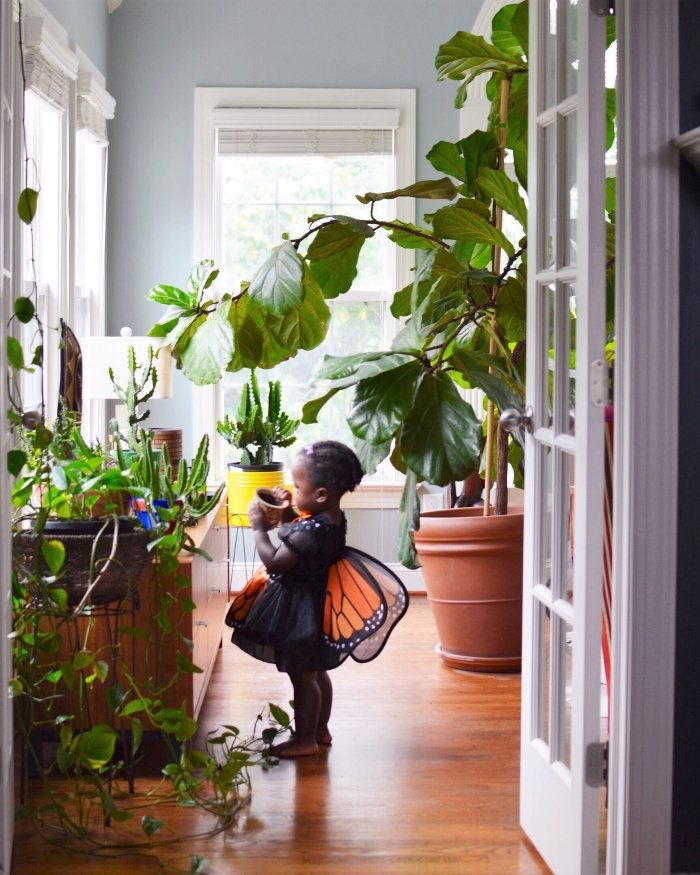
Taking care of plants doesn’t have to be a daunting process- with practice and experience, and learning what the optimal environment is that is required for your plants to thrive, you’ll earn your plant whisperer badge in no time.
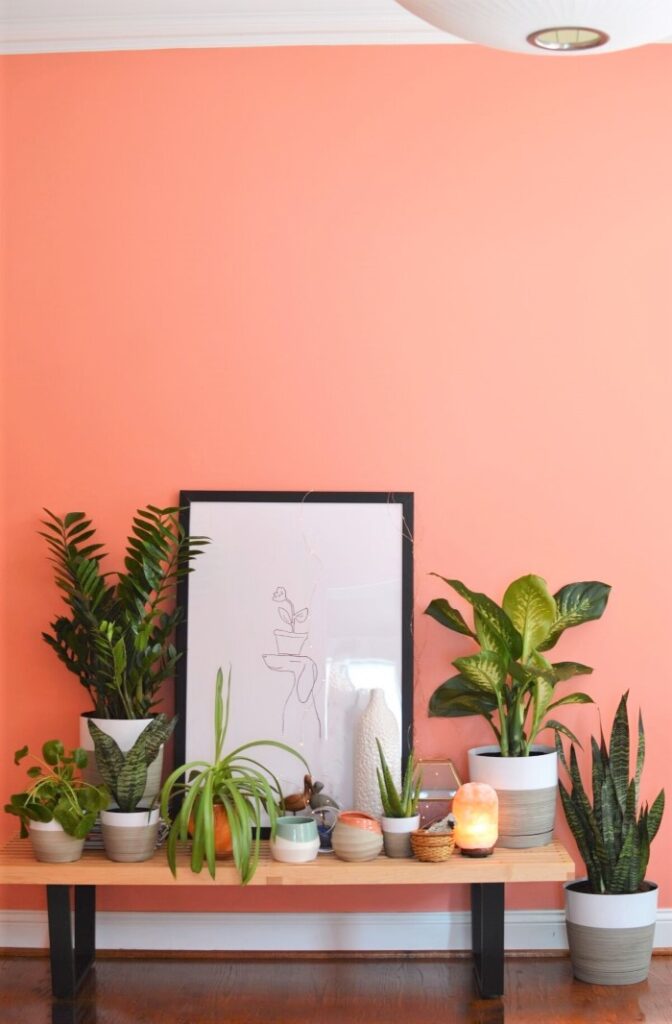
The Plant Shop at 1-800-Flowers.com features houseplants, succulents, blooming plants, bonsai and bamboo, plus resources to help customers select and care for plants. xx


